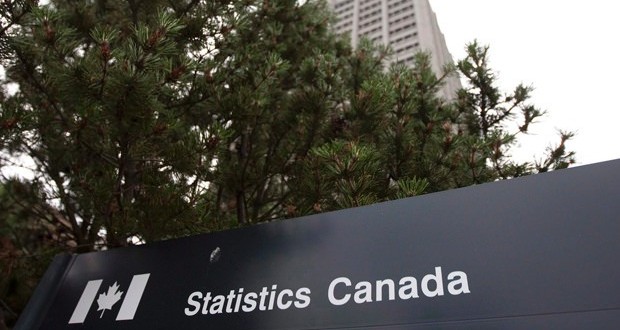Canada’s annual inflation rate remained at 1.3 per cent in August as lower energy prices continued to keep a lid on the overall cost of living, Statistics Canada reported Friday.
Prices advanced in most categories, led by a 3.6% y/y increase in food prices. Meat (+6.3% y/y) continues to be the key driver behind the rise in food prices, although growth in the overall food price index has exhibited a decelerating trend this year. The cost of shelter jumped to 1.1% y/y in August, after holding below 1% for the four months prior. The uptick was due to higher mortgage insurance and electricity costs. Price growth for clothing and footwear also accelerated in August, rising by 2.1% y/y, following a 1.3% increase in July.
On the flipside, the cost of transportation was down 2.3% y/y in August, marking a larger decline than the 1.7% recorded in July. A sharp deceleration in vehicle purchase prices was the key culprit behind the drop in the sector, although lower gasoline prices also contributed. Prices for household operations, furnishing and equipment also rose at a slower pace in August, due largely to a marked deceleration in telephone and internet service costs.
Regionally, prices were up in all provinces except Prince Edward Island, which recorded a 9th straight decline. Saskatchewan (+1.9%) remained in the lead, followed by Manitoba (1.8%) and Alberta (+1.7%). These three provinces recorded a smaller decline in gasoline prices in August than July due to an unplanned maintenance shutdown at a refinery in the United States. Inflation in Ontario slowed to 1.2% in August, from 1.5% in July.
Oil and gasoline prices remain well below levels seen a year ago, and continue to weigh on headline inflation. However, the significant depreciation in the Canadian dollar over the last year has made imported goods more expensive, which has helped to keep core inflation above the Bank of Canada’s 2% target.
The Bank has recently been highlighting the rate of ‘underlying inflation’, which is a measure that takes into account special factors such as exchange rate effects. In its latest Monetary Policy Report released in July, underlying inflation was estimated to be in the 1.5-1.7% range.
“After contracting during the first half of this year, the second half of 2015 is shaping up to be much better for the Canadian economy, with a recovery likely underway. The expected improvement in economic activity, combined with inflation still within the Bank’s comfort zone, suggests that current monetary policy is appropriate at this time. While there is some bias for another rate cut should the economic recovery not evolve as expected, we remain of the view that the Bank will keep rates on hold until the second half of 2017”, says TD Economics.
Agencies/Canadajournal
 Canada Journal – News of the World Articles and videos to bring you the biggest Canadian news stories from across the country every day
Canada Journal – News of the World Articles and videos to bring you the biggest Canadian news stories from across the country every day



